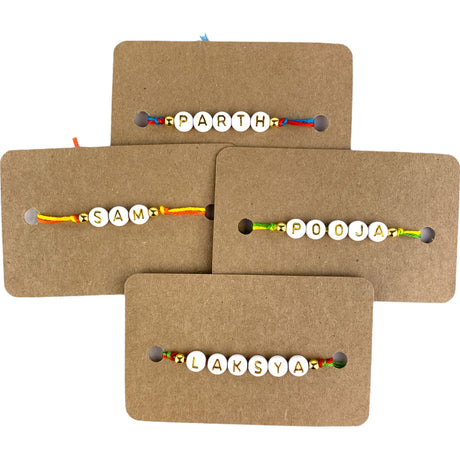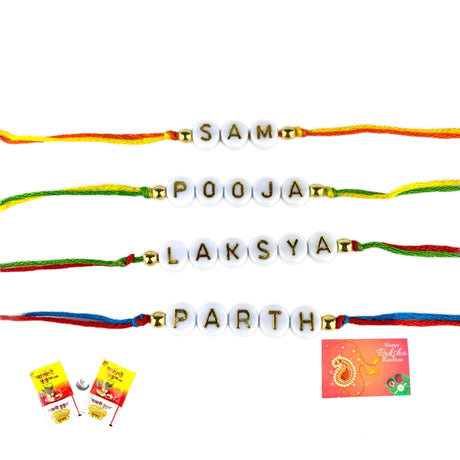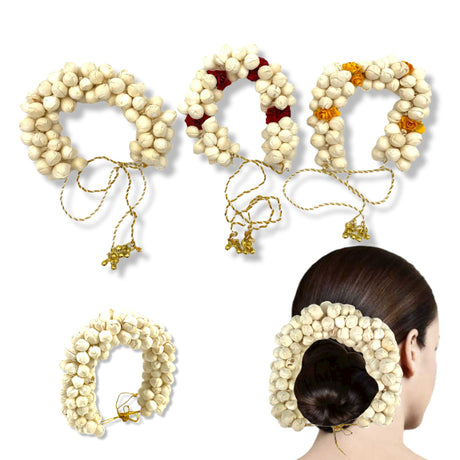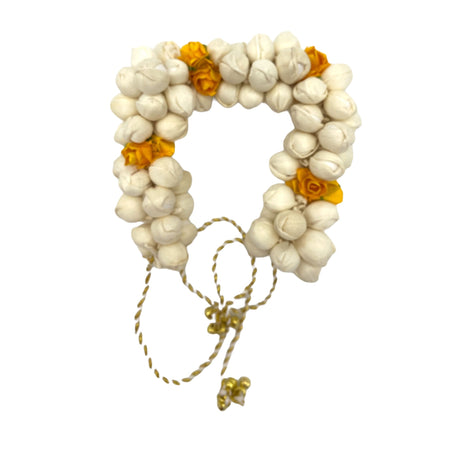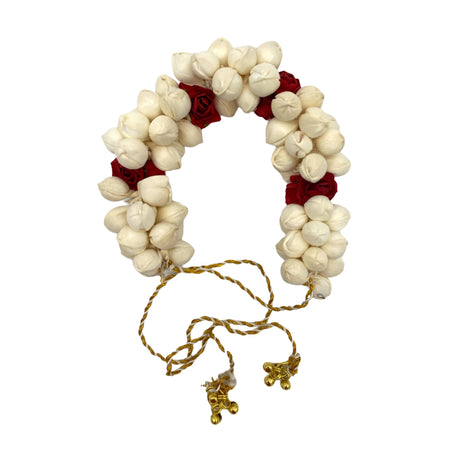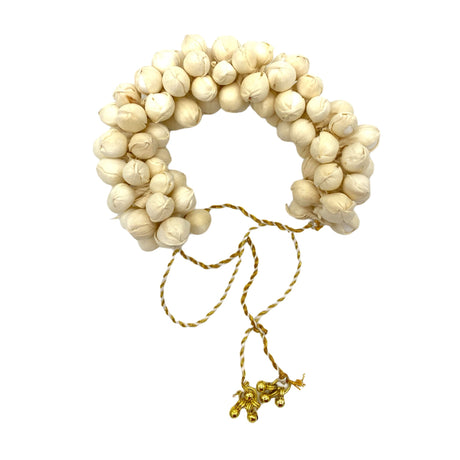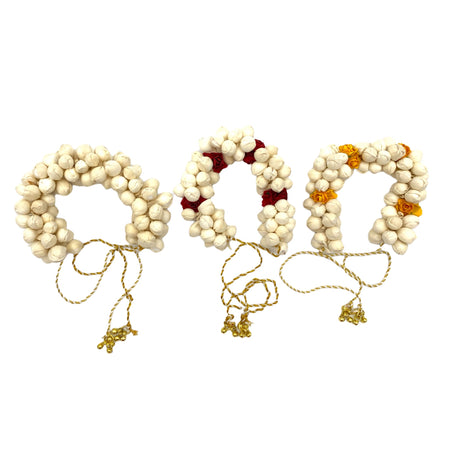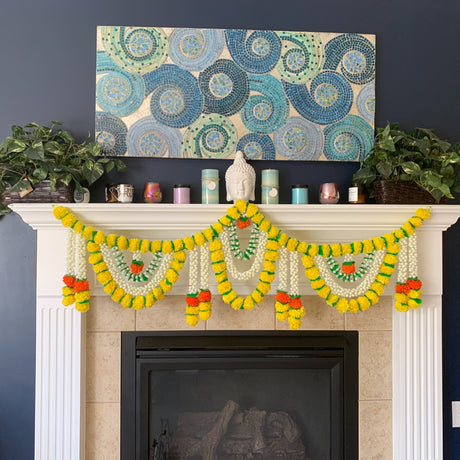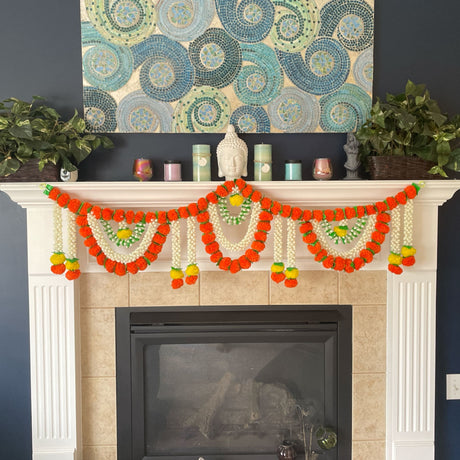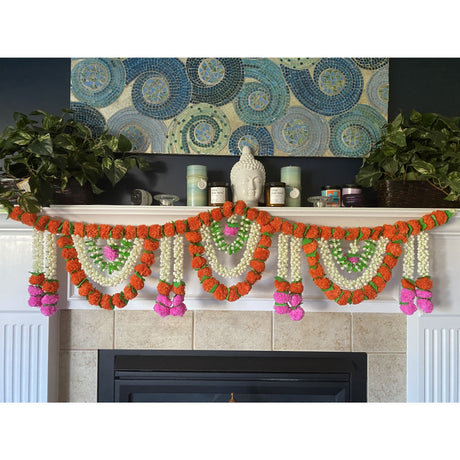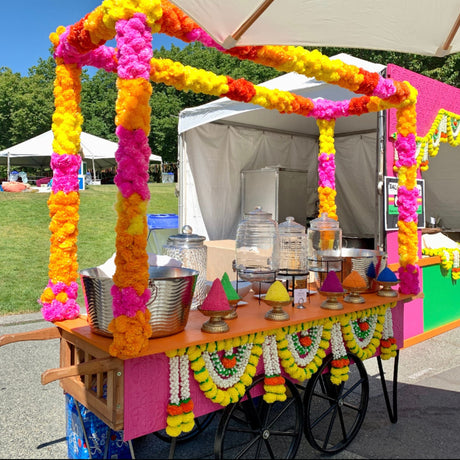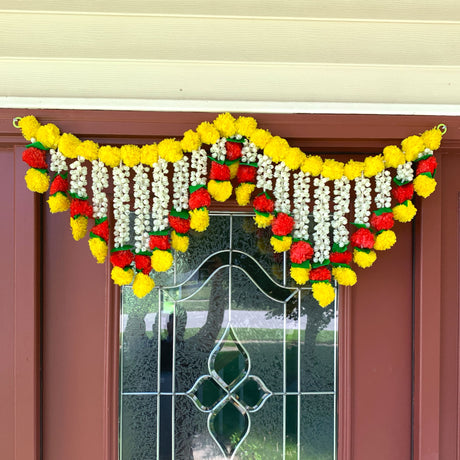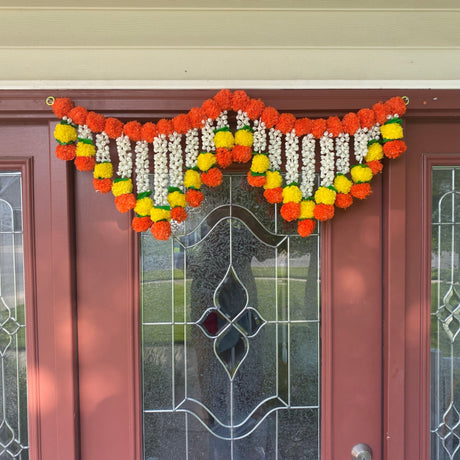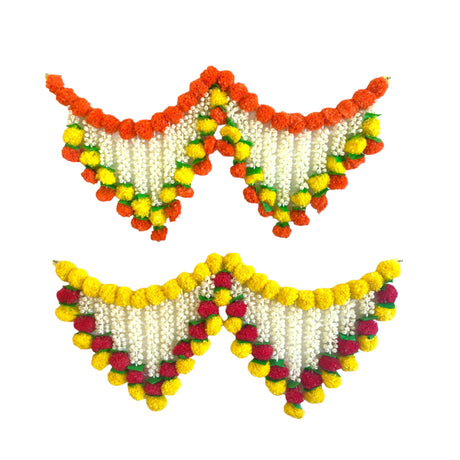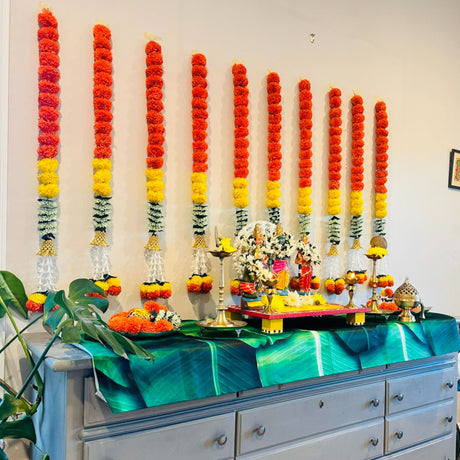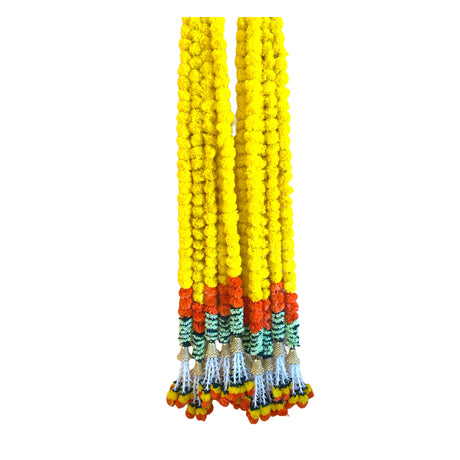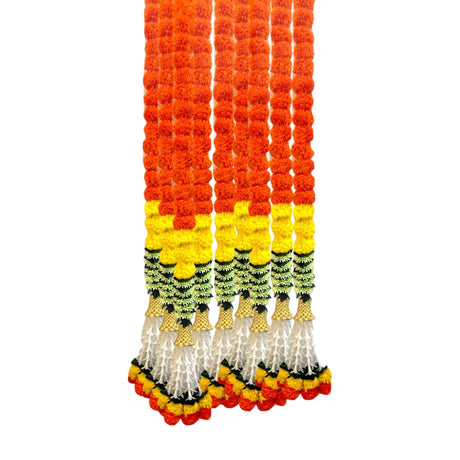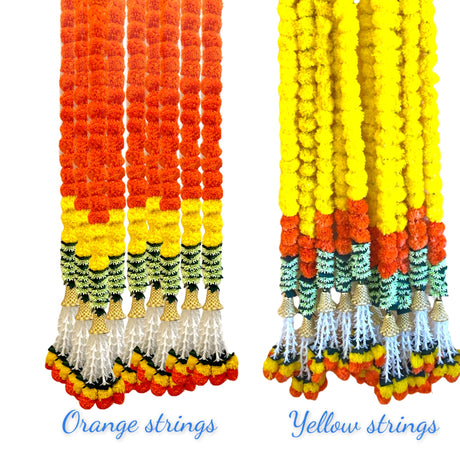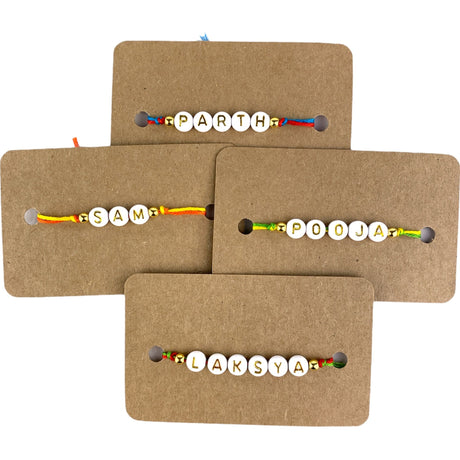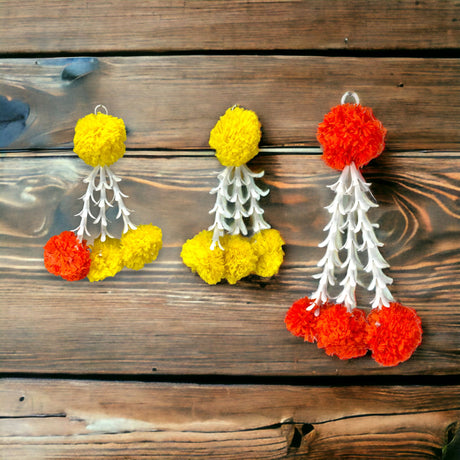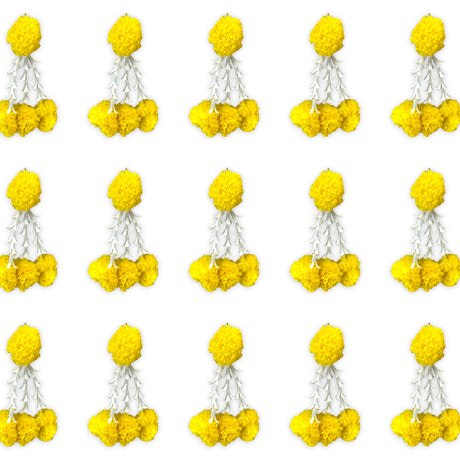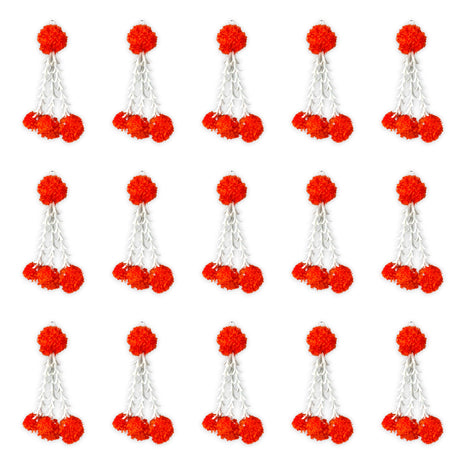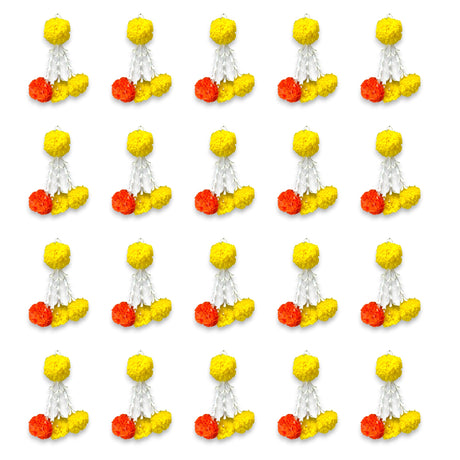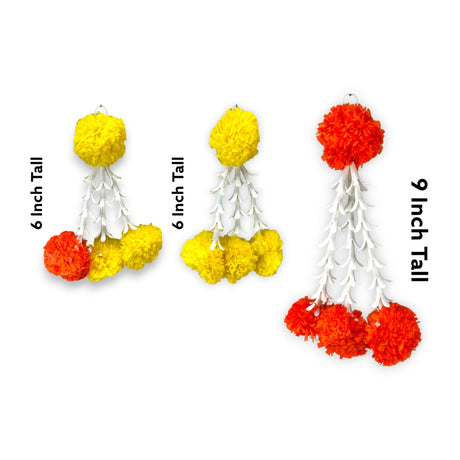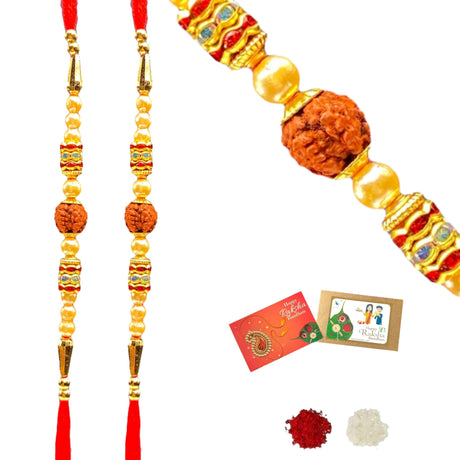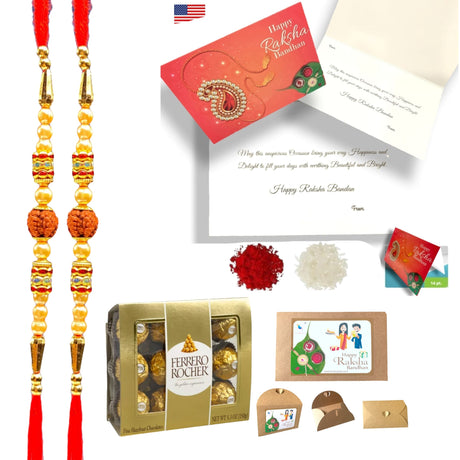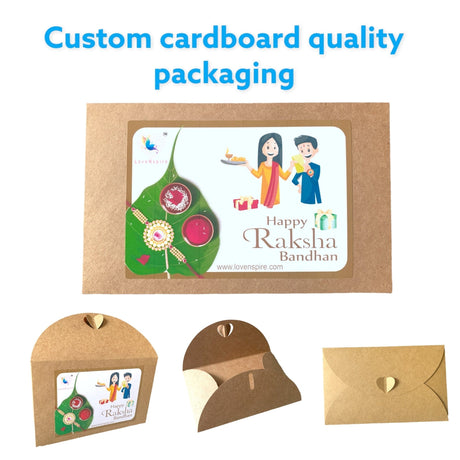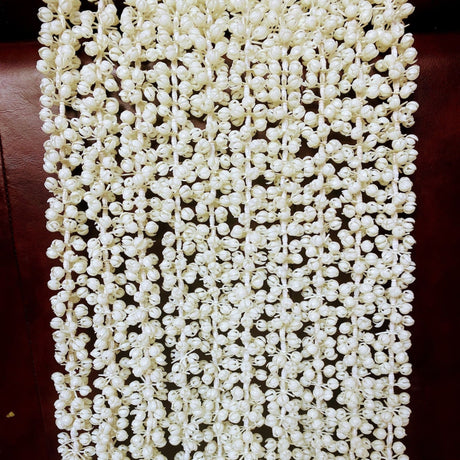Introduction
The Navratri festival is a vibrant and deeply spiritual Hindu celebration, spanning nine nights in honor of Goddess Durga and her nine divine forms. This festival, whose name translates to "nine nights" in Sanskrit, usually takes place during the lunar month of Ashvin (September-October).
Honoring Goddess Durga during Navratri holds immense importance as she embodies strength, protection, and female empowerment. Each night is dedicated to one of her avatars, symbolizing different virtues and aspects of life. The triumph of good over evil is a central theme, commemorating Durga's victory over the buffalo-headed demon Mahishasura.
The cultural and religious significance of Navratri in Hinduism cannot be overstated:
- Cultural Richness: The festival brings communities together through traditional dance forms like Garba and Dandiya, music performances, and elaborate installations of idols.
- Religious Observances: Devotees engage in fasting, prayer, and rituals that deepen their spiritual connection.
- Community Engagement: Socio-cultural programs and artistic expressions highlight the unity and collective spirit fostered by Navratri.
Celebrations vary across regions in India but universally reflect themes of devotion, joy, and the enduring power of the divine feminine. As part of these celebrations, exchanging gifts such as personalized Diwali gift hampers filled with sweets or Navratri gift boxes is common. These hampers often include a variety of items such as dry fruits, which can be gifted to employees or shared among family and friends during this festive season.
What is Navratri?
The term Navratri comes from the Sanskrit words "nava" (meaning nine) and "ratri" (meaning nights). This Hindu festival lasts for nine nights and is dedicated to honoring the divine feminine energy represented by Goddess Durga and her nine forms.
History and Evolution
Navratri has its roots in ancient India, where it began as agricultural rituals celebrating the end of the monsoon season. Over time, it has transformed into a grand festival filled with religious devotion and cultural activities. In the past, it was also connected to warrior traditions, with kings seeking the goddess's blessings before going into battle.
Connection to the Lunar Calendar
Navratri follows the lunar calendar and usually takes place in the month of Ashvin, which falls between September and October on the Gregorian calendar. The exact dates of the festival can vary each year due to differences between the lunisolar calendar used in Hinduism and the solar calendar. Additionally, there is another Navratri known as Chaitra Navratri that occurs in March-April.
Cultural Significance
- Colors for Navratri: Each day of Navratri is associated with a specific color that holds particular significance. For example:
- 1st day of Navratri: Yellow
- 2nd day of Navratri: Green
- 5th day of Navratri: White
To celebrate these vibrant colors, one might consider using a Rangoli powder kit for decoration.
Navratri is a lively celebration filled with various customs, prayers, dances like Garba and Dandiya, and community festivities. While these traditions may differ from region to region, they all come together to honor Goddess Durga's strength and kindness. To enhance your celebration, you might want to buy a Shubh Navratri banner or a Happy Navratri banner for your home or temple decor. Additionally, eco-friendly Om paper carry bags can be used for gifting during this festive season.
The Nine Forms of Goddess Durga: A Divine Journey
Navratri celebrates the divine feminine through the 9 Durga Mata, each embodying unique aspects of life and spirituality. These avatars of Durga, from Shailaputri to Siddhidatri, are revered for their rich representations in art, literature, and religious rituals.
Shailaputri
- Representation: Seen riding a bull with a trident and lotus in her hands.
- Significance: Symbolizes purity and devotion.
- Legend: Born as the daughter of the mountains, she signifies the power of nature.
Brahmacharini
- Representation: Holds a rosary and a water pot.
- Significance: Embodiment of penance and devotion.
- Legend: Undertook severe penance to obtain Lord Shiva as her husband.
Chandraghanta
- Representation: Wields weapons in ten hands, adorned with a crescent moon on her forehead.
- Significance: Signifies bravery and serenity.
- Legend: Marries Lord Shiva, displaying tremendous strength to protect her devotees.
Kushmanda
- Representation: Radiates light from her body, rides a lion.
- Significance: Creator of the universe through cosmic energy.
- Legend: Created the world with her divine smile.
Skandamata
- Representation: Holds her son Skanda on her lap while riding a lion.
- Significance: Maternal love and nurturing power.
- Legend: Mother of Kartikeya (Skanda), general of the gods' army.
Katyayani
- Representation: Rides a lion, holding various weapons.
- Significance: Symbolizes courage and righteousness.
- Legend: Born to sage Katyayana, defeats the demon Mahishasura.
Kalaratri
- Representation: Fierce form with dark complexion, rides a donkey.
- Significance: Destroys ignorance and darkness.
- Legend: Slays demons like Raktabeej with ferocity unmatched.
Mahagauri
- Representation: Fair complexion, rides a bull or elephant, carries trident and drum.
- Significance: Purity and tranquility.
- Legend: Attained this form after rigorous penance cleansed by Lord Shiva.
Siddhidatri
- Representation: Sits on a lotus or lion; holds a conch shell, discus, mace, and lotus.
- Significance: Bestower of supernatural powers (siddhis).
- Legend: Grants all forms of achievement and perfection to her devotees.
Each avatar reflects female empowerment through its unique storylines and symbolism. From the nurturing care of Skandamata to the fierce protection offered by Kalaratri, these forms illustrate that strength comes in many manifestations.
Through their artful depictions in paintings, sculptures, and literature they continue to inspire reverence and admiration across cultures. This is also reflected in various traditional decorations used during festivals like Diwali or Navratri. For instance, you can find beautiful Durga Maa backdrops for Laxmi Pujan or stunning Laxmi Ganesh backdrops for your celebrations.
Days of Navratri: A Daily Guide to Rituals and Celebrations
Day 1: Pratipada - Honoring Shailaputri
The first day of Navratri, known as Pratipada, is dedicated to Shailaputri, the first form of Goddess Durga. Her name translates to "Daughter of the Mountain," symbolizing her origin from the Himalayas. Worshiping Shailaputri is believed to bring strength and devotion.
Specific Rituals Performed on the First Day:
- Kalash Sthapana (Ghatasthapana): The day begins with the ritual known as Kalash Sthapana or Ghatasthapana. A pot filled with water is placed in a sanctified area, symbolizing the universe. Mango leaves, a coconut, and a red cloth are used to adorn the pot, which represents invoking Goddess Durga's presence.
- Lighting an Akhand Jyoti: A lamp with ghee (clarified butter) is lit and kept burning throughout the nine days of Navratri. This Akhand Jyoti signifies continuous divine energy and is an integral part of the worship.
- Fasting: Devotees often observe a fast on this day to purify their body and mind. Some may consume only fruits and milk, while others might follow a more rigorous fasting tradition.
- Shailaputri Puja: Special prayers and mantras are chanted in honor of Shailaputri. Devotees offer flowers, especially jasmine, incense sticks, and sweets to please the goddess.
- Durga Saptashati Recitation: Reading or listening to Durga Saptashati (a sacred text dedicated to Goddess Durga) is considered auspicious. This ancient scripture recounts various tales of Goddess Durga's valor and victories over evil forces.
Significance Behind These Rituals:
- Kalash Sthapana: This ritual symbolizes the cosmos and its creation. By performing Kalash Sthapana, devotees invoke divine energy into their homes, creating a holy atmosphere for worship over the nine days.
- Akhand Jyoti: The ever-burning lamp represents unwavering faith and devotion towards Goddess Durga. It is believed that this light wards off negativity and brings prosperity into one's life.
- Fasting: Fasting on Pratipada purifies both body and soul. It is seen as a way to demonstrate self-discipline and dedication towards spiritual goals.
- Shailaputri Puja: By worshiping Shailaputri, devotees seek her blessings for strength, stability, and devotion in life. She embodies purity and power, guiding her followers towards righteous paths.
Navratri's beginning with Pratipada sets a tone of reverence and spiritual awakening that resonates through each subsequent day of the festival.
As we embrace this sacred time, it's also an opportunity to infuse our celebrations with meaningful gifts that resonate with our loved ones. For those looking for unique Navratri gift boxes or personalized items such as Rajasthani brocade design gift hampers, these offerings can enhance our connections during this festive period.
Day 2: Dwitiya - Embracing Brahmacharini's Energy Through Fasting
Day 2 of Navratri, known as Dwitiya, is dedicated to Goddess Brahmacharini, symbolizing penance and devotion. Devotees observe fasting traditions that reflect the goddess' ascetic lifestyle.
Fasting Customs
Many devotees undertake a strict fast, consuming only fruits and water throughout the day. This act of austerity honors Brahmacharini's unwavering commitment to spiritual growth.
Prayers and Offerings
Special prayers are recited, and offerings such as sugar and fruits are made to seek her blessings for wisdom and strength.
By embracing these practices, devotees embody the virtues of Brahmacharini, deepening their spiritual journey during the Navratri festival.
Day 3: Tritiya - Celebrating Chandraghanta with Joyful Gatherings & Cultural Events!
On the 3rd day of Navratri, devotees honor Goddess Chandraghanta, known for her fierce form and protective nature. Worship practices on this day include:
- Morning Rituals: Devotees begin the day with prayers and offerings such as flowers, sweets, and incense to invoke Goddess Chandraghanta's blessings.
- Special Prayers: Recitations of sacred texts and mantras dedicated to Chandraghanta embody themes of bravery and fortitude.
The Navratri festival is also known for its vibrant cultural events on Tritiya. Communities gather for:
- Dance Performances: Traditional dances like Garba and Dandiya symbolize joy and unity.
- Music Shows: Live music performances fill the air with devotional songs, creating an atmosphere of celebration.
These activities not only honor the goddess but also foster community spirit and cultural expression.
Day 4: Chaturthi - Regional Variations in Worship Practices for Kushmanda
The fourth day of Navratri, Chaturthi, is dedicated to Goddess Kushmanda, who is believed to bestow health, wealth, and strength. Unique customs mark this day across various regions in India, highlighting the festival's rich cultural diversity.
1. West Bengal
In West Bengal, elaborate pandals are set up for community worship, often featuring intricate idols of Kushmanda.
2. Gujarat
In Gujarat, devotees engage in traditional Garba dances around beautifully decorated altars honoring the goddess.
3. South India
In South India, special offerings like payasam (sweet rice pudding) and sundal (spiced chickpeas) are prepared as part of the worship rituals.
4. North India
In North India, temples echo with devotional songs and hymns dedicated to Kushmanda, accompanied by fasting and prayers.
These regional variations enhance the universal spirit of Navratri, showcasing how each community adds its unique touch to the celebration.
Day 5: Panchami - Skandamata's Role in Community Participation During Festivities!
On the fifth day of Navratri, known as Panchami, devotees honor Skandamata, the mother of Lord Kartikeya (Skanda). This day emphasizes community participation, as her blessings are believed to foster unity and collective spirit among people.
Rituals and Practices
- Devotees gather for communal prayers and offerings.
- Temples and homes are adorned with vibrant decorations.
- Special Pujas: Collective worship ceremonies are organized, where communities come together to chant hymns and perform aarti.
Significance
- Skandamata is revered for her nurturing nature, symbolizing care and compassion.
- Her worship embodies the importance of coming together as a community to celebrate shared values and traditions.
Skandamata's blessings during Panchami inspire people to actively participate in Navratri festivities, reinforcing social bonds and fostering a sense of togetherness.
Day 6: Shashthi - Exploring Devi Mahatmya Texts Through Kalaratri Rituals
The 6th day of Navratri is dedicated to the worship of Goddess Kalaratri, a fierce form symbolizing the destruction of evil and darkness. This day holds profound spiritual significance as devotees delve deeper into the sacred Devi Mahatmya texts, which highlight Kalaratri's role in vanquishing malevolent forces.
Rituals
Devotees perform rituals that include:
- Recitation of Devi Mahatmya
- Offerings such as jaggery and sesame seeds
- Lighting oil lamps to symbolize the goddess's power to dispel darkness
Significance
The worship of Kalaratri emphasizes themes of strength and protection, resonating with the broader narrative of Navratri—celebrating the triumph of good over evil.
Day 7: Saptami - Mahagauri's Influence on Socio-Cultural Programs Organized Nationwide!
The 7th day of Navratri, dedicated to Mahagauri, is a time for reflection on purity and compassion. Communities across India draw inspiration from her qualities, leading to numerous socio-cultural initiatives aimed at fostering positive change. These initiatives often include:
- Charity Drives: Organizing food and clothing donations for the underprivileged.
- Environmental Campaigns: Tree planting or clean-up drives to promote sustainability.
- Educational Programs: Workshops and seminars focused on women's empowerment and education.
Mahagauri's influence extends beyond worship, encouraging collective actions that embody her virtues in everyday life.
Day 8: Ashtami - Significance & Rituals Associated With Siddhidatri Alongside Kanya Puja Celebration!
On the eighth day of Navratri, devotees honor Siddhidatri, the giver of supernatural powers. Her name, derived from 'Siddhi' (spiritual power) and 'Datri' (giver), reflects her role in bestowing wisdom and blessings. Rituals on this day often include:
1. Prayers and Offerings
Devotees perform Navratri puja vidhi with great devotion, offering flowers, incense, and sweets to invoke Siddhidatri's blessings. To enhance the festive atmosphere, one might consider purchasing a happy Durga Puja banner for home or temple decoration.
2. Kanya Puja
A special ceremony where young girls are worshipped as embodiments of the divine feminine energy. This ritual underscores the reverence for women of all ages.
Celebrating Siddhidatri emphasizes inner strength and spiritual growth, while Kanya Puja highlights the societal importance of respecting and nurturing female energy.
Furthermore, during this auspicious time, many families also participate in Golu celebrations. It's a tradition that involves displaying dolls in a decorative manner. If you're looking for authentic Golu dolls for your Navratri celebration, there are curated collections available online.
Another significant aspect of the rituals involves using a kalash. A decorative kalash can be a beautiful addition to your pooja setup. You can find handmade mild steel decorative kalash for pooja which are perfect for festival or wedding decor.
Day 9: Navami - The Grand Finale of Navratri Celebrations!
The ninth day, Navami, is the grand finale of Navratri celebrations. On this day, devotees pay tribute to Goddess Siddhidatri through prayers and offerings, seeking her blessings for wisdom and prosperity. The rituals of Kanya Puja continue, emphasizing the importance of young girls as embodiments of divine feminine energy.
As Navami comes to a close, it paves the way for Vijaya Dashami, a festival that symbolizes the victory of good over evil. Throughout India, communities come together to celebrate with spectacular effigy burnings of demon king Ravana, signifying Lord Rama's triumph. This vibrant display of cultural expressions and spiritual devotion marks the conclusion of the nine-day festival.
Celebratory Activities During Navratri: Dance Forms That Unite Us All!
Garba and Dandiya Raas are more than just dance forms; they are a celebration of life, culture, and community during Navratri. These two traditional dance styles have their origins in Gujarat but have transcended regional boundaries to become a significant part of Navratri celebrations across India and among Indian communities worldwide.
Garba
History and Significance
The word Garba is derived from the Sanskrit term Garbha Deep, meaning a lamp inside a perforated earthen pot. Traditionally, Garba is performed around a centrally lit lamp or an idol of Goddess Durga, symbolizing the womb and the divine feminine energy.

Characteristics
- Movements: Circular patterns with rhythmic steps
- Music: Energetic beats that build up in tempo
- Attire: Women usually wear colorful chaniya cholis and men don kediyas or kurtas
Community Aspect
Garba brings together people from all walks of life, allowing them to participate in a collective expression of joy and devotion. The dance circles symbolize the cyclical nature of time, life, and the universe.
Dandiya Raas
History and Significance
Dandiya Raas originates from ancient tales depicting battles between Goddess Durga and the demon Mahishasura. Traditionally known as "The Sword Dance," it symbolizes the fight against evil.
Characteristics
- Movements: Paired dances involving striking wooden sticks (dandiyas) together
- Music: Fast-paced, lively tunes often accompanied by traditional instruments like dhols
- Attire: Similar to Garba but with added accessories like bandhani dupattas for women and turbans for men
Community Aspect
Dandiya Raas emphasizes coordination and teamwork as participants move in syncopated rhythms. It fosters a sense of unity and communal harmony, making it an integral part of the Navratri festivities.
These dance forms serve as powerful tools for community bonding during Navratri. They create an inclusive environment where everyone—regardless of age or background—can come together to celebrate. Through energetic beats and rhythmic movements, Garba and Dandiya Raas encapsulate the spirit of Navratri, transforming it into a vibrant festival that unites us all.
To enhance your Navratri celebrations, consider adding some fun elements such as photo booth props for memorable pictures or Garba night photo booth props to make your Garba nights even more special!

Regional Variations In Celebrations Across India During This Festival Season!
Navratri, while universally celebrated, manifests uniquely across India's diverse regions, reflecting the rich cultural tapestry of each state.
Gujarat: The Heartbeat of Garba and Dandiya
In Gujarat, Navratri is synonymous with vibrant Garba and Dandiya Raas dance forms. Communities gather in beautifully decorated venues to partake in these rhythmic dances, which symbolize the joy and spiritual fervor of the festival. The beats of traditional instruments like the dhol and tabla create an infectious energy, bringing people together regardless of age or background.
West Bengal: Durga Puja Extravaganza
West Bengal transforms into a spectacle of devotion and artistry during this period. The focus here shifts to Durga Puja, where elaborate pandals are erected to house magnificently crafted idols of Goddess Durga. These pandals often showcase intricate themes and designs, turning cityscapes into open-air galleries. Rituals, cultural performances, and communal feasts mark this grand celebration. For those looking to participate fully in these rituals, a Durga Puja kit can be very helpful.
Contextualizing Regional Variations
These regional variations are deeply rooted in the cultural identities of each state:
- Gujarat emphasizes community participation through dance, reflecting its cultural heritage.
- West Bengal highlights artistic expression and devotion with its detailed idol processions and thematic pandals.
Both approaches celebrate the essence of Navratri but through different lenses, showcasing the festival's adaptability and widespread appeal across India's vast cultural landscape.
Ritual Observances Practiced Throughout Country During This Auspicious Occasion!
Navratri, a festival deeply rooted in devotion and tradition, sees a variety of rituals and observances practiced by devotees across India. These customs not only honor Goddess Durga but also foster a profound spiritual connection with her divine energy.
Common Rituals Followed By Devotees
1. Navratri Puja Vidhi
- Kalash Sthapana (Ghatasthapana): The festival begins with the installation of a sacred pot (Kalash) symbolizing the universe. Filled with holy water, it is topped with a coconut and mango leaves, invoking the presence of Goddess Durga.
- Daily Aarti: Each day, devotees perform Aarti (a ritual involving light from wicks soaked in ghee) to praise and seek blessings from the different avatars of Goddess Durga.
- Chanting Mantras: Reciting specific mantras dedicated to each form of the goddess reinforces spiritual discipline and devotion.
2. Fasting Traditions
- Types of Fasts: Devotees observe various fasts such as Nirjala (without water), Phalahar (fruits only), or Satvik Bhojan (simple vegetarian food). The type of fast chosen often depends on regional traditions and personal capabilities.
- Spiritual Benefits: Fasting is believed to enhance self-discipline, purify the body, and bring one closer to the divine feminine energy embodied by Goddess Durga.
3. Kanya Puja
- Significance: On Ashtami or Navami, young girls are worshipped as embodiments of the goddess. They are offered new clothes, food, and gifts in a ceremony that celebrates female purity and potential.
- Ritual Steps: The girls' feet are washed, they are adorned with tilak (a sacred mark), and served a special meal including dishes like puri, halwa, and chana.
4. Garba and Dandiya Raas
- Cultural Integration: Particularly in Gujarat, these vibrant dance forms are integral to Navratri celebrations. Garba involves circular movements around a central lamp or image of Durga, while Dandiya Raas uses sticks for rhythmic clapping.
- Community Bonding: These dances not only serve as an offering to the goddess but also strengthen community ties through joyous participation.
Spiritual Benefits Derived From Observance
Practicing these rituals allows devotees to achieve:
- Enhanced self-discipline through fasting and adherence to daily routines.
- A deeper connection with the divine feminine energy represented by Goddess Durga.
- Community bonding through collective worship and cultural activities.
- Spiritual cleansing and mental peace achieved by participating in age-old traditions.
These rituals embody the spirit of Navratri, blending devotion with cultural expression while fostering a collective sense of unity and reverence for divine power.
In addition to these rituals, worshipping other forms of Goddess during this period is also common. For instance, buying Goddess Ashtalakshmi set for Golu dolls during Navratri is a popular practice in many households.

Conclusion
Encouragement to Join Local Festivities
Participating in Navratri celebrations within your local community offers an enriching experience. By engaging in these vibrant festivities, you contribute to a collective celebration that transcends individual boundaries, fostering a sense of unity and shared joy.
"Being part of Navratri is not just about observing rituals; it's about celebrating life, culture, and the divine feminine energy that binds us all."
Reflective Note on Spiritual Growth
Celebrating Navratri also provides an opportunity for profound spiritual growth. As you honor the nine forms of Goddess Durga, you embark on a journey of self-discovery and empowerment. The rituals and observances serve as a reminder of the strength and resilience inherent within each of us.
This festival season invites everyone to:
- Embrace Community Participation: Engage with local events, dance performances, and cultural programs.
- Foster Spiritual Connection: Reflect on the deeper significance of the goddess's avatars and their relevance in today's world.
- Celebrate Tradition and Modernity: Appreciate the blend of age-old customs with contemporary expressions.
By actively participating in Navratri, you become part of something greater than yourself. This vibrant festival season is eagerly anticipated each year, offering a unique opportunity to reconnect with cultural heritage while creating meaningful connections within your community.
Call to Action
Join your local festivities this Navratri! Celebrate the importance of community participation by attending events, sharing stories, and immersing yourself in the rich traditions that make this festival truly special. You can even incorporate some traditional elements into your home decor by using floating rangoli diyas which are perfect for both Navratri and Diwali celebrations.












